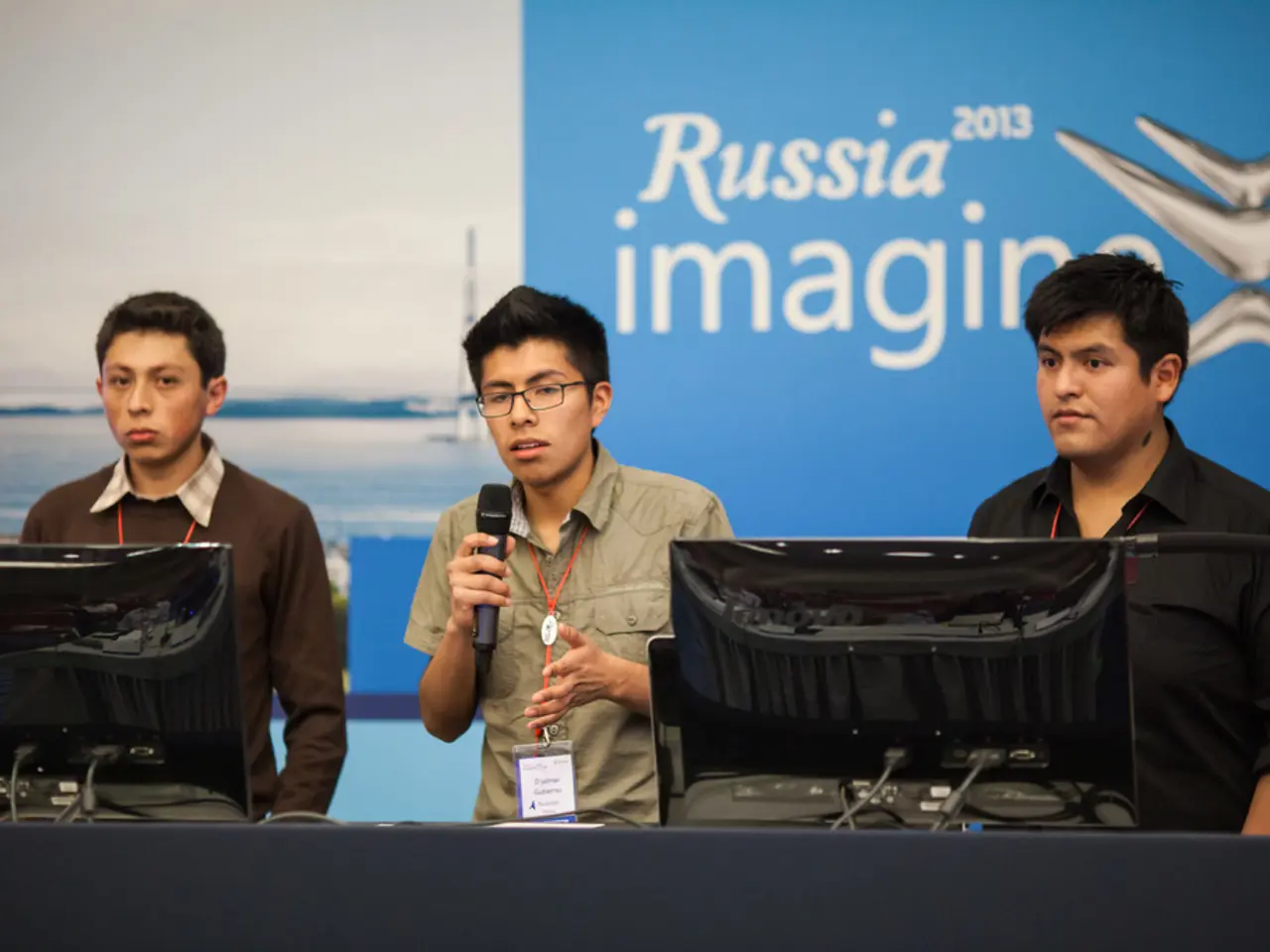Government-backed Social Fund to augment pension benefits for working Russians, effective from August 1
In 2024, a significant change is underway in Russia's pension system. Working retirees will now have their pension payments linked to the number of pension points accumulated throughout the year, with automatic increases applied without the need for applications [1].
From August 1, 2024, the recalculation of insurance pensions for those who choose to continue working after retirement will depend on the number of pension points earned in that year.
For retirees who turned 80 years old in July 2024, there's a special provision. From August 2024, they will automatically receive a doubled fixed portion of their old-age pension, which in 2024 is 17,815.40 rubles per month [1]. Additionally, these pensioners are entitled to an extra care payment of 1,314 rubles monthly, and further payments for disabled immediate relatives, with each dependent payment being 2,969 rubles, but limited to a maximum of three dependents.
Looking ahead to 2025, pensions for working retirees will be indexed again, with the recalculation starting from August 1, 2025, as confirmed by the Social Fund of the Russian Federation. In early 2025, a pension increase of 7.3% was implemented, reflecting inflation and being higher than initially expected [2][3].
Here's a summary of the changes:
| Pension Category | Changes in 2024 | Changes in 2025 | |-----------------------|--------------------------------------------------|--------------------------------------------------| | Working Retirees | Pension recalculation based on 2024 pension points, automatic increase from August 1, 2024 | Pension indexation from August 1, 2025; inflation-related 7.3% increase at start of 2025 | | Retirees aged 80+ | Doubled fixed portion of old-age pension (17,815.40 rubles), plus 1,314 rubles care allowance and payments for disabled dependents from August 2024 | No specific new increases for 80+ retirees reported beyond general pension indexation |
These measures aim to provide targeted pension increases for working pensioners and the elderly (80+) to improve support. The 2025 increases continue the policy of indexing pensions linked to inflation and pension points accumulation, ensuring automatic adjustments without pensioners needing to apply [1][2][3].
The pension coefficient set for payment will determine the individual increase for each working retiree, with the increase being individual and based on the cost of the pension coefficient set for payment. The equivalent payment for a non-working retiree in Russia was 24,846.09 rubles. The amount of insurance contributions depends on the size of the salary. In 2024, retirees who continued working and had their insurance contributions paid will receive an increase in their pension payments.
As of January 1, 2025, the average pension size in Russia was over 23,175.17 rubles per month. The average size of the insurance pension for old age in Russia was 24,979.15 rubles. From August 2024, elderly citizens who turned 80 in July will receive a fixed payment of 17,815.4 rubles monthly due to the increase. The current monthly fixed payment for retirees who turned 80 in July is 8,907.7 rubles. The size of the fixed payment for retirees who turned 80 in July will increase to 17,815.4 rubles in 2025. The average size of the insurance pension in Russia was 24,092.44 rubles. Russian retirees who turned 80 in July will receive an increased fixed payment amount in 2024. A maximum of three pension coefficients can be obtained.
- In 2025, the wealth-management sector of Russia will see an adjustment in pension payments for working retirees, as their pensions will be indexed again based on inflation and accumulated pension points, much like personal-finance decisions are influenced by factors such as wealth management and inflation.
- For those retired individuals in Russia who turned 80 in July 2024, there will be no specific increases in their pension benefits beyond the general indexation for 2025, but they will still receive a doubled fixed portion of their old-age pension, which aligns with personal-finance planning strategies that prioritize wealth preservation for elderly citizens.




